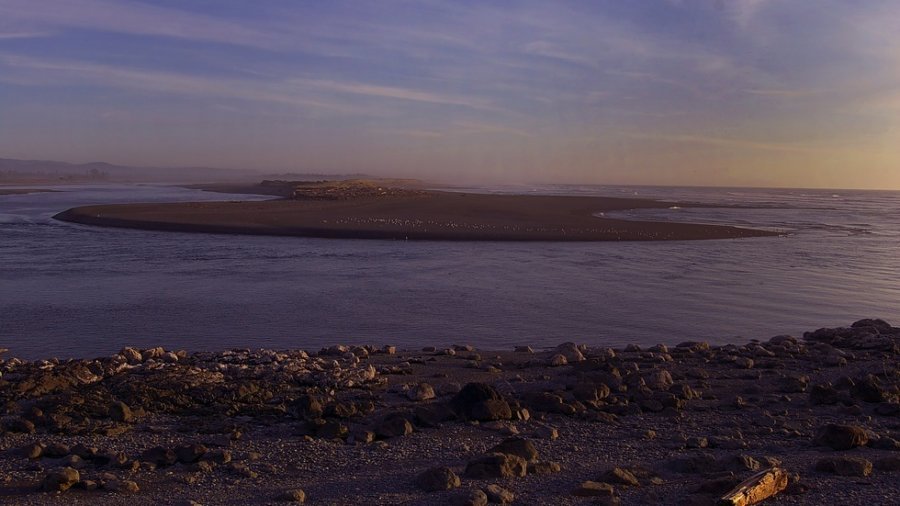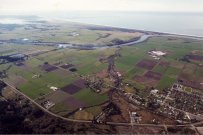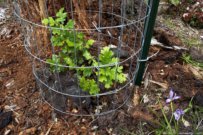To describe an estuary as “most important” belies the crucial and interrelated habitat characteristics of estuaries up and down the West Coast. That said, with salmonid populations plummeting from Seattle to San Diego, the Smith River estuary stands alone as the terminus of a mostly wild and completely undammed coastal river. If endangered coho salmon eventually recover and thrive in California, it may be because the Smith will have provided critical habitat refugia for salmon and steelhead.
Estuaries are critical components of salmonid habitat and reproduction. In 2015 the California Department of Fish and Wildlife published a groundbreaking Smith River 2015 Estuary Study that demonstrated the importance of the Smith River estuary to the river’s overall salmonid production.
At the federal level, the National Marine Fisheries Service lists the Smith River as a “core watershed,” meaning that the river’s anadromous fish runs could serve as a “seed bank” that will recolonize watersheds up and down the California-Oregon coast once they recover. Once again, the estuary is key to this recovery.
The Smith River estuary also provides the northernmost habitat for tidewater goby, listed as “Endangered” under the federal Endangered Species Act, the highest level of protection. Tidewater goby is a tiny fish that lives exclusively in brackish estuary waters.
So most people who know and love river ecosystems greet with shock and alarm the news that, on bottomlands surrounding the Smith River estuary, Easter lily farmers apply more pounds-per-acre of certain fish-killing pesticides than occurs anywhere else in California, which is really saying something. And that state officials recently discovered that some of these pesticides have been found in estuary surface waters. And that the pesticides are causing “acute (and) chronic reproductive toxicity” to invertebrates that make up the basis of the salmonid food chain.
State and federal officials, while apparently reluctant to enforce the many statutes (namely the Clean Water Act, but also the state and federal Endangered Species Acts and the federal Resource Conservation and Recovery Act) that should be preventing pesticide inundation of the lower Smith River, they are very clear about the critical biological importance of the estuary.
The 2014 National Marine Fisheries Service Southern Oregon/Northern California Coho Recovery Plan acknowledges that, “While most of the upper watershed remains fairly pristine and unaffected by human activities, the areas that have been impacted are in the lower Smith River, where the greatest potential to support coho salmon exists.” The Recovery Plan goes on to say that, “Agriculture in the lower watershed and around the estuary has been, and continues to be the greatest contributor to loss and degradation of coho salmon habitat.”
To be clear, it’s not just pesticides that are impacting the lower Smith River, and Siskyou Land Conservancy is very much concerned about these conditions as well. (Our friends at Smith River Alliance do an excellent job fomenting restoration projects in the estuary.) According to the Recovery Plan, “The estuary and lower river have been modified to expedite navigation, transportation, timber harvest, and agriculture. These modifications include diking, channelizing, removing woody debris, removing riparian vegetation, and dredging. Over 40 percent of the estuary has been converted for agricultural uses. Large scale, channel-altering floods in 1955 and 1964 added to the loss of habitat in the Smith River by decreasing pool depths, altering channel morphology, and increasing sediment deposition. Overall, these changes greatly reduced habitat diversity and instream cover complexity in the lower river and estuary.”
So there is no shortage of work to be done in the vital Smith River estuary. That said, even if all of the above problems were fixed, pesticide inundation alone could bring even the Smith River’s salmon and steelhead runs to the point of extinction.



